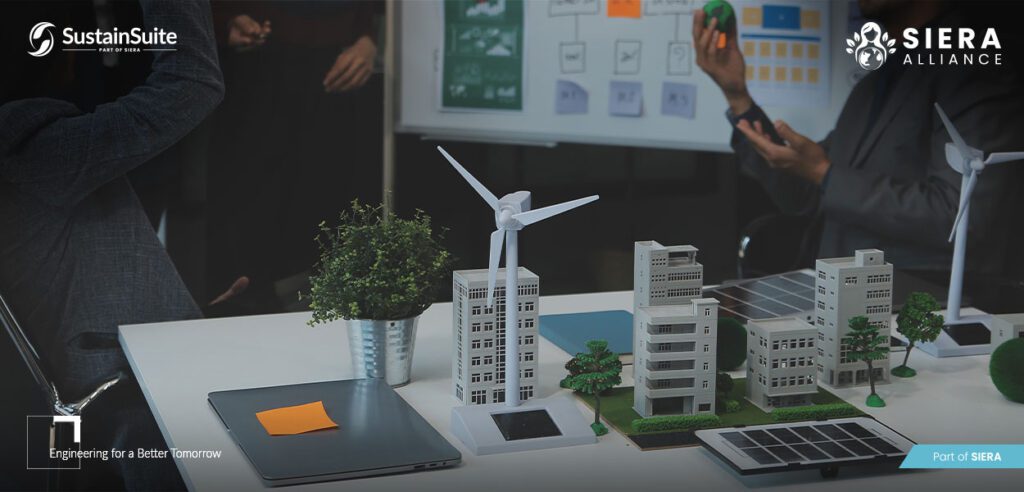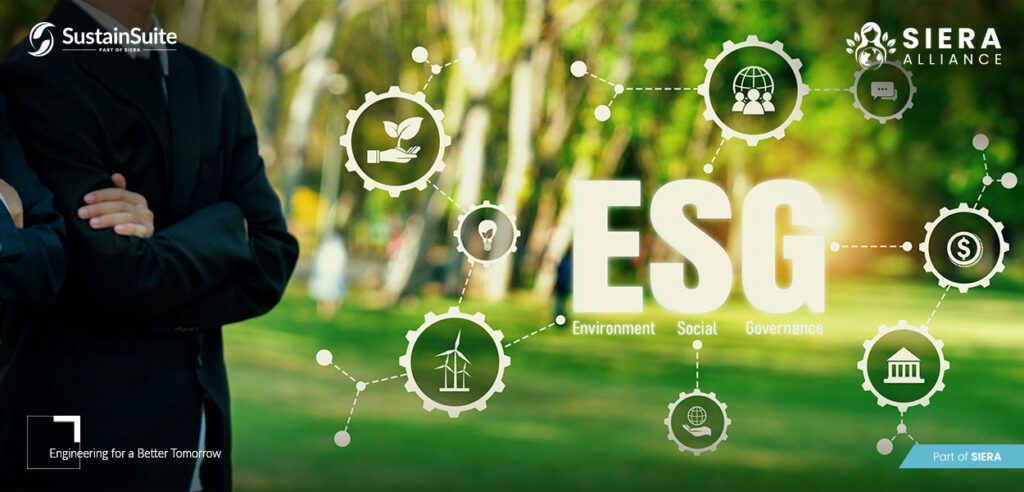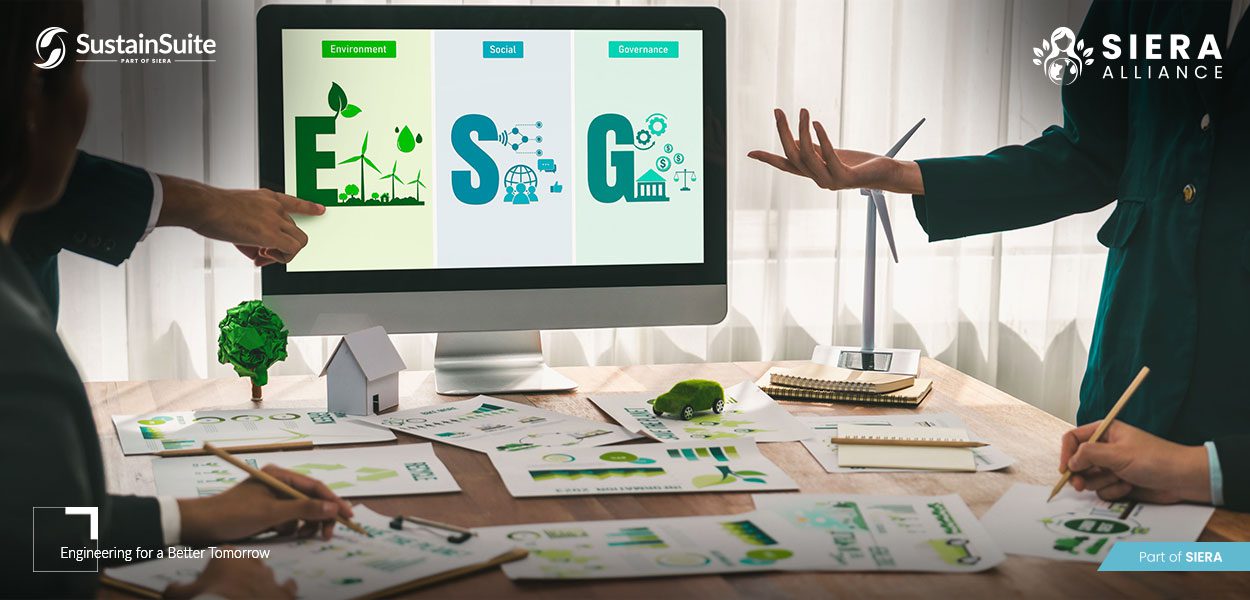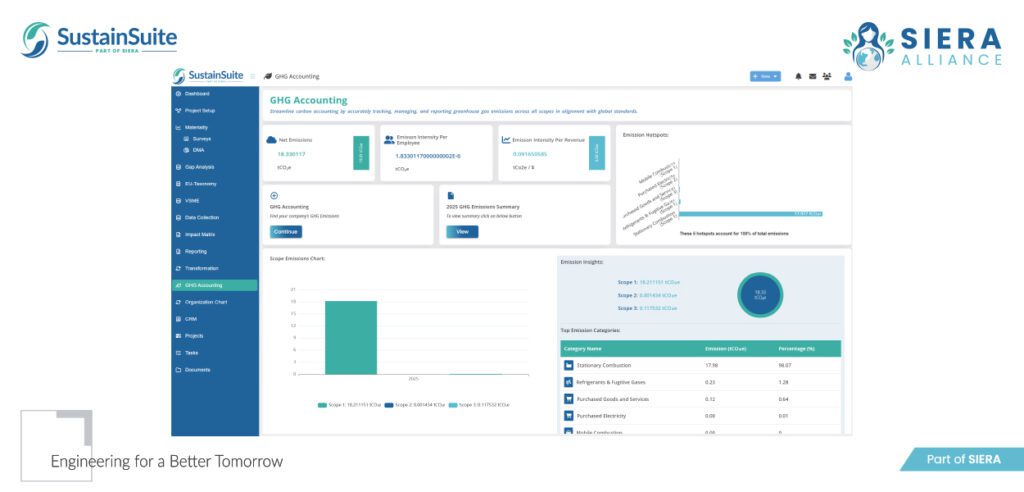As global temperatures rise and ecological systems are pushed to the brink, businesses are being called upon to rethink their operations — not only by consumers and investors but by governments and international bodies.
At the heart of this transformation is one essential metric: your carbon footprint.
While there are numerous challenges inherent to the management and mitigation of your carbon emissions, successful implementation also unlocks new opportunities.
The Growing Importance of Carbon Footprint Monitoring
Carbon footprint monitoring refers to the process of measuring and tracking the total carbon dioxide (CO₂) emissions associated with a company’s activities. These emissions are often divided into three categories:
- Scope 1: Direct emissions from company-owned sources (e.g., company vehicles, production facilities).
- Scope 2: Indirect emissions from purchased energy (e.g., electricity, heating, cooling).
- Scope 3: Indirect emissions across the value chain (e.g., supplier emissions, product use, employee commuting).
Effective monitoring enables organizations to understand their environmental impact, identify emission hotspots, and design actionable strategies for reduction.
But why does this matter so much today?
Alignment with the SDGs
Carbon footprint monitoring is a key driver for meeting several Sustainable Development Goals, particularly:
- SDG 7: Affordable and Clean Energy – Encouraging the use of renewable energy sources.
- SDG 9: Industry, Innovation, and Infrastructure – Promoting sustainable industrialization.
- SDG 12: Responsible Consumption and Production – Reducing waste and resource consumption.
- SDG 13: Climate Action – Taking urgent action to combat climate change and its impacts.
By actively monitoring and reducing carbon emissions, businesses play a direct role in advancing these goals and demonstrating their commitment to building a sustainable future.

Compliance with Emerging Regulations
Beyond voluntary action, regulatory frameworks have mandated carbon footprint reporting across an increasing number of industries. Key regulatory drivers include:
- Corporate Sustainability Reporting Directive (CSRD): Adopted by the European Union, CSRD requires large and listed companies to disclose detailed information about their environmental, social, and governance (ESG) impacts — including greenhouse gas emissions.
- European Sustainability Reporting Standards (ESRS): These standards complement CSRD, providing a structured framework for reporting environmental data.
- Task Force on Climate-related Financial Disclosures (TCFD): Encourages companies to assess and disclose climate-related financial risks, which requires accurate emissions data.
- Global ESG frameworks and investor expectations: Stakeholders across the globe are increasingly using ESG ratings and sustainability disclosures to guide investment decisions.
Monitoring your carbon footprint is the first step toward compliance and long-term resilience. Non-compliance with these frameworks can result in reputational damage, regulatory penalties, and lost business opportunities.
The Challenges of Carbon Footprint Monitoring
Despite its importance, many companies struggle with carbon footprint monitoring due to:
- Data fragmentation: Emissions data is often scattered across departments and supply chains.
- Inconsistent methodologies: A lack of standardization in data collection and calculation.
- Resource constraints: Manual data tracking is time-consuming and error prone.
- Unclear scope: Difficulty in understanding indirect (Scope 3) emissions and how to account for them.
These challenges make it difficult for organizations to measure their environmental impact accurately and develop effective emissions reduction strategies. However, with SustainSuite aiding your reporting requirements, businesses can overcome the logistical hurdles of compliance and focus on the strategic advantages it generates.
How SustainSuite Simplifies Carbon Footprint Monitoring
At SustainSuite GmbH, we recognize that carbon footprint monitoring is the foundation of a meaningful sustainability strategy. That’s why we’ve developed a digital platform that makes emissions tracking transparent, efficient, and impactful.
Real-Time Data & Visual Dashboards
Our platform provides clear, interactive dashboards that allow businesses to:
- Visualize emissions data across all scopes.
- Identify key emission drivers within operations and supply chains.
- Monitor progress toward reduction targets.
This real-time visibility enables proactive decision-making and empowers companies to integrate carbon considerations into daily operations.
Built-In Regulatory Alignment
SustainSuite is fully aligned with international reporting standards and evolving regulations, including:
- CSRD and ESRS in the European Union
- GHG Protocol and ISO 14064 standards
- TCFD and other global ESG frameworks
By using SustainSuite, companies can ensure their emissions data is comprehensive, auditable, and reporting-ready — helping them meet mandatory disclosure requirements and avoid compliance risks.
Supporting Sustainable Development Goals
SustainSuite doesn’t stop at data collection. Our platform is designed to help businesses contribute meaningfully to the SDGs. Through accurate monitoring, companies can:
- Transition to renewable energy sources.
- Reduce emissions in production and logistics.
- Engage suppliers in responsible, low-carbon sourcing.
- Offer transparent data to consumers and investors.
By embedding sustainability into business operations, companies can not only achieve compliance but also create positive environmental and social impact.
Moving From Monitoring to Meaningful Action
The goal of carbon footprint monitoring is not merely data collection—it’s about driving change. Once you have clear visibility into your company’s emissions, you can implement practical reduction strategies such as:
- Installing energy efficient fixtures across facilities.
- Switching to renewable electricity sources.
- Redesigning products for lower emissions.
- Reducing business travel and promoting sustainable commuting.
- Collaborating with suppliers to lower value chain emissions.
Additionally, our industry leading experts can help businesses explore carbon offsetting options for unavoidable emissions — supporting verified environmental projects that contribute to global climate goals.


Empowering Businesses for a Low-Carbon Future
At SustainSuite GmbH, we believe that every organization, regardless of size or industry, has a role to play in addressing the climate crisis. Our mission is to make carbon footprint monitoring simple, accurate, and actionable so that companies can focus on what truly matters — reducing emissions and building a more sustainable future.
With regulatory requirements tightening and global climate goals becoming more urgent, the time to act is now. Carbon footprint monitoring is the foundation for any credible sustainability strategy, and SustainSuite is your trusted partner in pursuit of a carbon-neutral economy.





